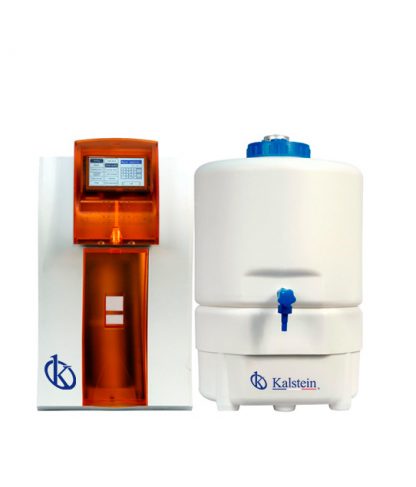Desalination is the process by which mineral salts dissolved in water are removed, so that brackish water can be converted to drinking water. The transformation that passes water from saltwater to freshwater can occur naturally through the water cycle, as it is evaporated and then condensed. For centuries, water desalination has been employed on ships and submarines to provide fresh water to the crew for long periods, and it was until recently that it was available on an industrial scale.
At present, this process has gained importance, since it has been an option to mitigate the shortage of water resources for human consumption, which has been accentuated in recent decades.
With the demand for resources, during the industrial revolution, various technologies were created to carry out this process, and then they have evolved in terms of performance and costs. Among the main processes are thermal and membrane processes. The latter is also called reverse osmosis, which is currently the most widely used and advanced desalination system in the world.
Reverse osmosis for seawater desalination
This process consists of applying a pressure to overcome the osmotic pressure, a binding property driven by the chemical potential (thermodynamic characteristic of the water source). In the process, a high-pressure pumping system is usually applied to pass the salt water flow through the membrane surface, where the pressurized solution is separated from the dissolved salts.
The membrane used for desalination is usually made of ultrafine polyamide, and it is vulnerable to contamination by bacteria, for this reason the water must pass a previous treatment. The process involves three streams: saline water that is extracted from oceanic or underground sources, drinking water (low salinity), and concentrate (the remnant or brine); during the transformation, no warming or phase change occurs.
Characteristics of the reverse osmosis system
Reverse osmosis consists mainly of four processes:
- Pretreatment: The pretreatment process should include devices for microbiological control, since membranes are vulnerable to this type of contamination; sediment control, whose configuration depends on the mineral composition of the waste water source; an activated carbon filter to reduce the loads of substances (organic and inorganic solvents), which may be dissolved in the flow; decalcifiers that decrease water hardness, pH adjustment and the addition of a threshold inhibitor to control fouling.
- Pressurization: The pump raises the pressure of the pretreated feed water to an operating pressure ranging from 250 to 400 psi, and for seawater desalination from 800 to 1000 psi. The energy cost depends mainly on the pumping.
- Membrane separation: Membrane configurations may vary. These may be spiral or hollow fine fiber. The material used may be cellulose acetate, thin film polymers or aromatic polyamides.
- Disposition of the remnant: treatment to the waste stream is usually done. The purpose of this project is to reduce the environmental impact. Concentrated Salt Stream is usually available on the seabed or in brackish water lagoons.
Advantages and disadvantages of reverse osmosis in water desalination
- It’s a simple, low-cost system. However, the complication may be pretreatment of feeding fluxes and concentrated remnant.
- Standard systems can be purchased from pre-packaged modules. However, an inventory of spare parts is required.
- It is possible to make use of the use of an almost unlimited and reliable source of water, the sea, but brine must be removed carefully.
In Kalstein we have different purification systems that fit the user’s requirements. Our equipment has an integrated control system that allows monitoring the conductivity of water, has a temperature compensation system and a leak sensor. If you require information for PURCHASE or SALE contact us. Find out more about the different types of systems Kalstein has to offer you. Visit our catalog HERE

